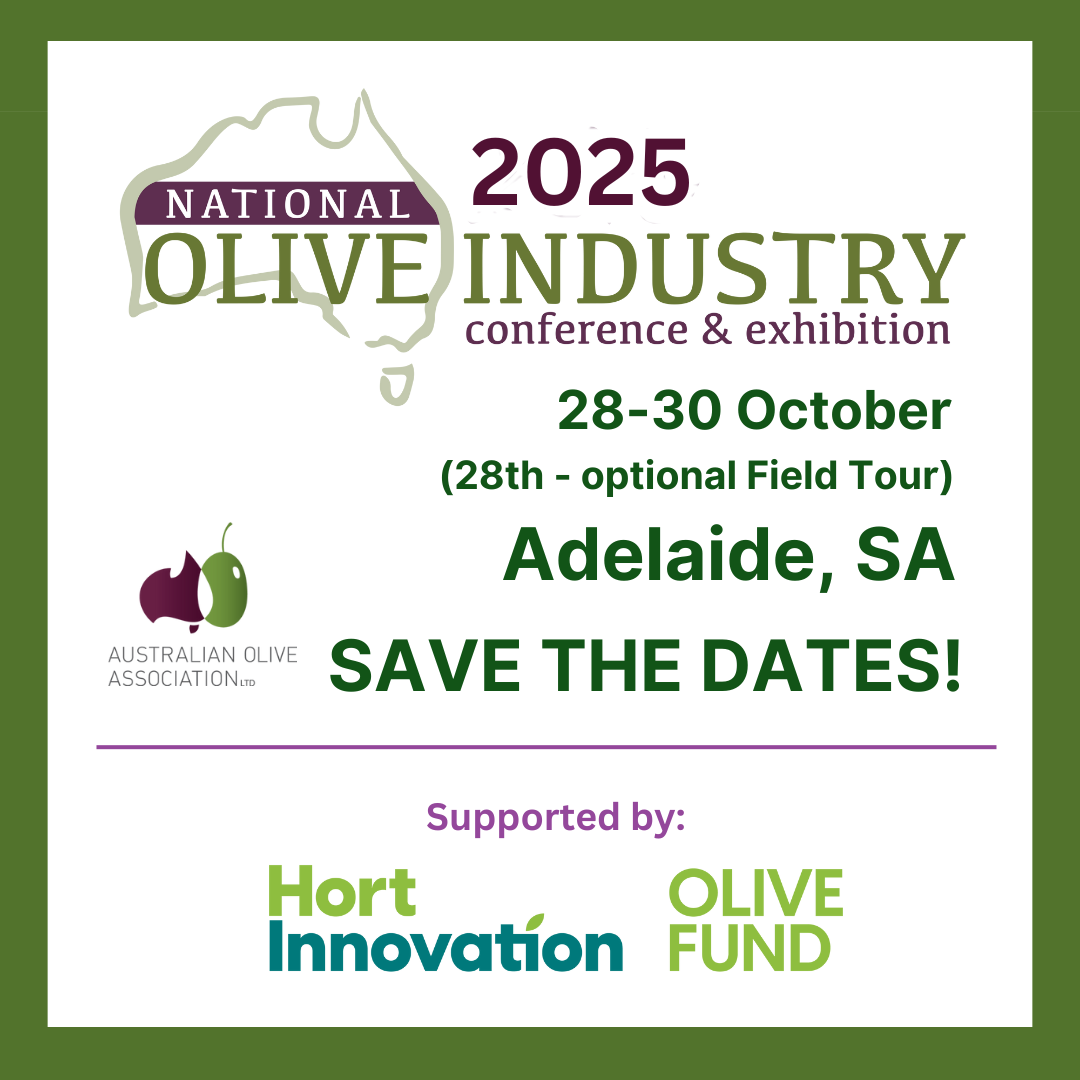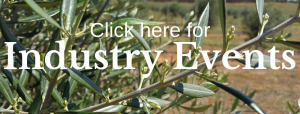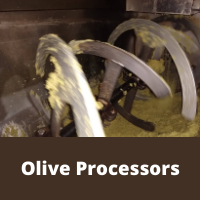The Australian olive industry comprises around 900 growers, with the majority of growers operating boutique businesses and only approximately 21 growers operating on a large scale.
However, despite these variations in production size, challenges such as lack of regulatory oversight, consumer awareness and yield efficiency are shared across the industry.
The good news is the olive industry has a five-year plan to empower growers, of any size, to build a more profitable and sustainable business.
The Olive Strategic Investment Plan 2017–2021 (SIP) is an investment roadmap for the Hort Innovation Olive Fund. It outlines the priorities for R&D, helping to guide decisions on projects to be funded by the olive levy. The 27-page document has been developed by Hort Innovation in consultation with the Australian Olive Association (AOA) and the broader olive industry.
The SIP provides a statistical analysis of Australian productivity in a global context, as well as strategies to achieve three investment outcomes:
- Improved on-farm productivity, sustainability and product quality
- Increased demand for Australian olive products within Australia and in key overseas markets
- Greater skills, capacity and knowledge in the industry.
Strategies to achieve these outcomes contain possible deliverables for future projects, rated as either high or medium priority, as well as key performance indicators (KPIs) to monitor and measure the impact of the SIP.
Certain strategies within the plan are already being addressed by current R&D projects, such as the ‘Outcome One’ project Australian olive industry benchmarking program (OL16001) focusing on the development of an industrywide system to collect and analyse production data.
The plan is set to be used by the olive Strategic Investment Advisory Panel (SIAP) to ensure levy-funded investments align with strategic priorities. The SIAP comprises of levy-paying growers, processors and technical experts. Their role is to provide balanced industry advice on investment to Hort Innovation.
The potential impact of the plan to the industry is $20 million based on an estimated investment of $2.75 million over the next five years.
The full SIP document and an at-a-glance summary document can be downloaded from the Hort Innovation Olive Fund page at http://www.horticulture.com.au/olive.
The olive levy is payable on olives that are produced in Australia and either sold by the producer, or used by the producer in the production of other goods. Find out more on the olive levy and the levy investment process here /www.olivebiz.com.au/about-the-olive-levy/.



